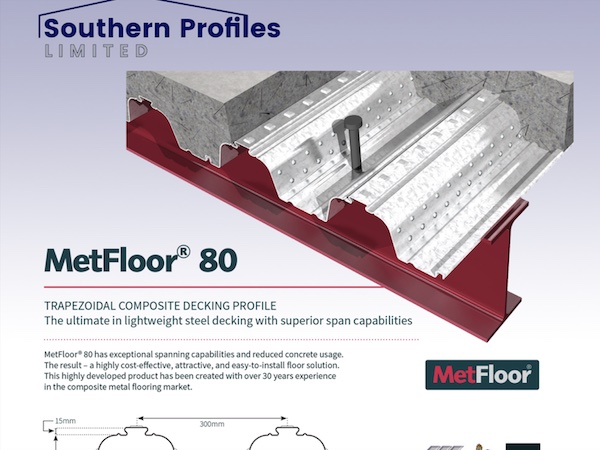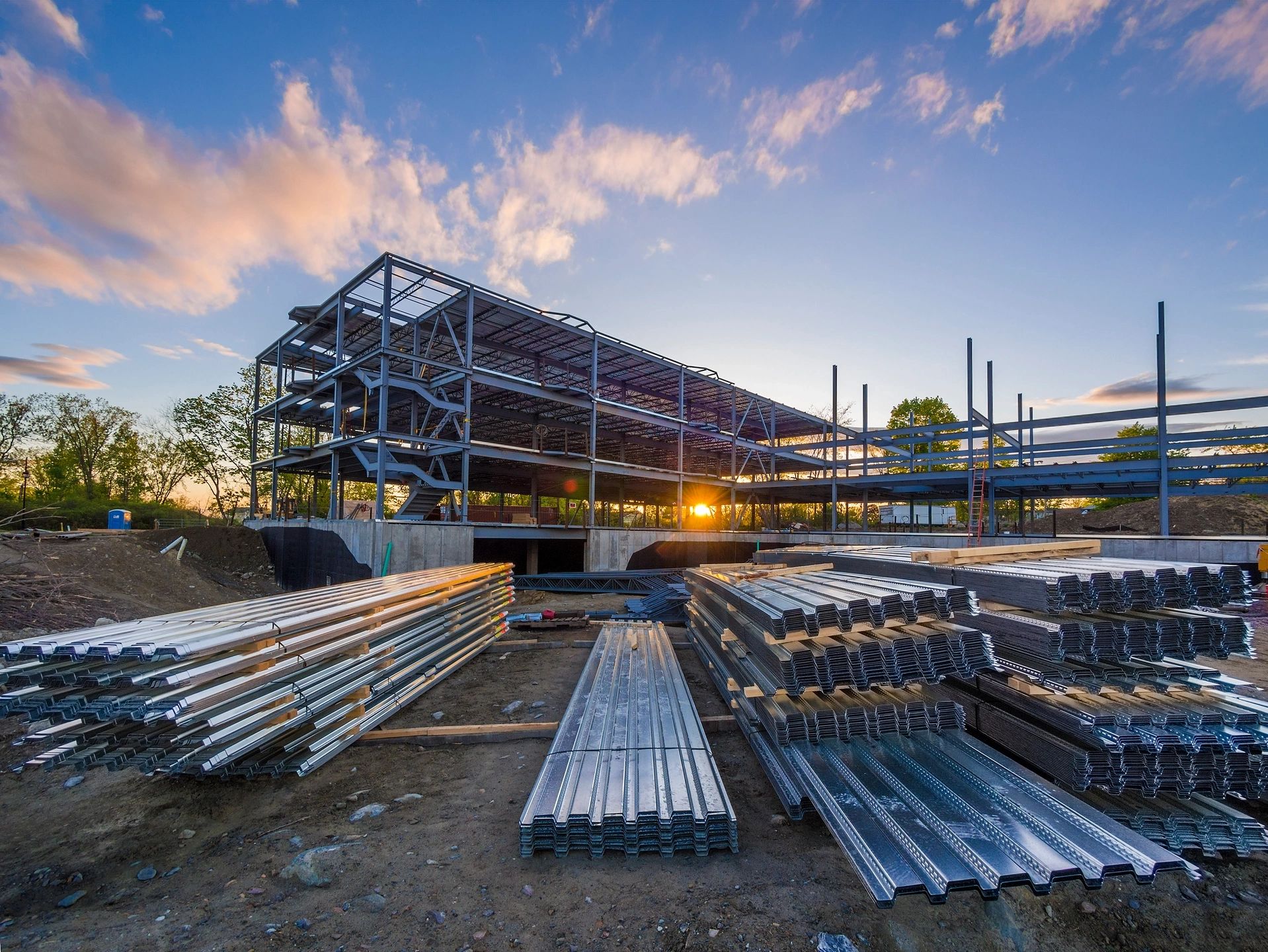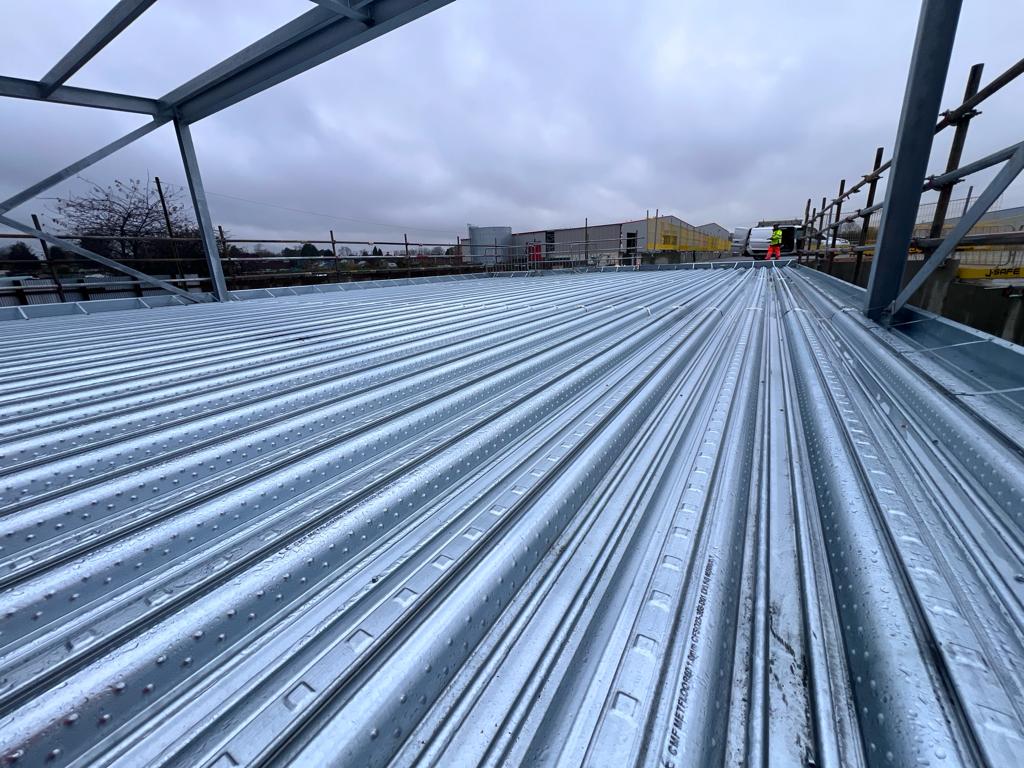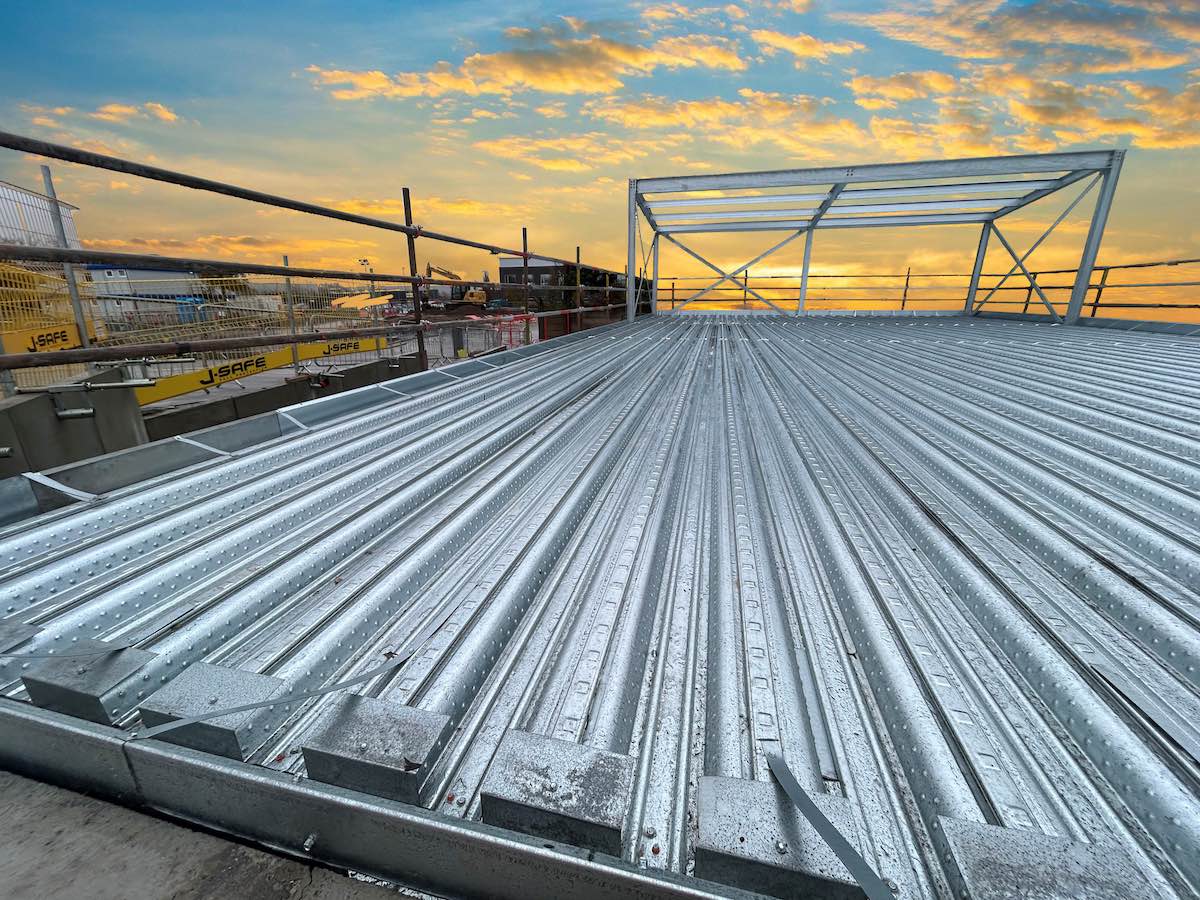- Introduction to Concrete Activities
- Importance of concrete in construction
- Overview of concrete activities
- Preparing the Site for Concrete Pouring
- Site preparation and excavation
- Installing formwork and reinforcement
- Concrete Mixing and Pouring Process
- Mixing concrete ingredients
- Pouring concrete into formwork
- Curing and Finishing Concrete
- Curing methods and techniques
- Finishing techniques for smooth and polished surfaces
- Reinforcing Concrete Structures
- Importance of reinforcement
- Types of reinforcement used in concrete construction
- Polishing Concrete Surfaces
- Steps involved in polishing concrete
- Tools and equipment used for concrete polishing
- Staining and Sealing Concrete
- Staining techniques for decorative concrete
- Sealing methods for protecting concrete surfaces
- Decorative Concrete Applications
- Applications of decorative concrete in construction
- Benefits of using decorative concrete
- Sustainability Practices in Concrete Activities
- Sustainable materials and practices in concrete construction
- Environmental benefits of using sustainable concrete
- Safety Measures in Concrete Activities
- Importance of safety in concrete construction
- Safety protocols and regulations for concrete activities
- Case Studies: Successful Concrete Projects
- Real-world examples of innovative concrete projects
- Highlighting the use of concrete in iconic structures
- Future Trends in Concrete Activities
- Emerging technologies and innovations in concrete construction
- Trends shaping the future of concrete activities
- Challenges and Solutions in Concrete Activities
- Common challenges faced in concrete construction
- Strategies and solutions to overcome challenges
- Benefits of Professional Concrete Services
- Importance of hiring experienced professionals
- Value-added services offered by concrete contractors
- Conclusion
- Recap of the importance of concrete activities
- Encouragement for embracing innovative approaches in concrete construction
Introduction to Concrete Activities
Concrete is a fundamental building material in construction, essential for creating durable and resilient structures. From foundations to finishing touches, concrete activities encompass a wide range of processes that are integral to the success of construction projects.
Preparing the Site for Concrete Pouring
Before concrete can be poured, careful preparation of the site is essential to ensure a strong and stable foundation. This involves site excavation to the required depth, followed by the installation of formwork to shape the concrete and reinforcement to add strength and stability to the structure.
Concrete Mixing and Pouring Process
Once the site is prepared, the process of mixing and pouring concrete begins. This involves carefully measuring and mixing concrete ingredients, including cement, aggregates, and water, to achieve the desired consistency and strength. The mixed concrete is then poured into the prepared formwork, where it is allowed to set and cure.
Curing and Finishing Concrete
After pouring, concrete requires proper curing to achieve its full strength and durability. Curing methods may include wet curing, where the concrete is kept moist, or using curing compounds to seal in moisture. Once cured, the concrete surface can be finished using various techniques to achieve the desired texture and appearance, from smooth and polished to textured and decorative.
Reinforcing Concrete Structures
Reinforcement is essential for strengthening concrete structures and preventing cracking and structural failure. This may involve the use of steel rebar or fibers embedded within the concrete to enhance its tensile strength and resilience to external forces such as wind and seismic activity.
Polishing Concrete Surfaces
Polishing is a popular technique for enhancing the appearance of concrete surfaces, creating a smooth, glossy finish that is both attractive and durable. The process involves grinding and polishing the surface with progressively finer abrasives to achieve the desired level of shine and smoothness.
Staining and Sealing Concrete
Staining and sealing are additional techniques used to enhance the aesthetic appeal and longevity of concrete surfaces. Staining involves applying colorants to the surface to create decorative patterns and effects, while sealing helps protect the concrete from moisture, stains, and damage caused by UV exposure and harsh weather conditions.
Decorative Concrete Applications
Decorative concrete offers endless possibilities for enhancing the beauty and functionality of interior and exterior spaces. From stamped concrete patios to stained concrete floors, decorative concrete can mimic natural materials like stone and wood while offering the durability and versatility of concrete.
Sustainability Practices in Concrete Activities
In recent years, there has been a growing emphasis on sustainability in concrete construction, with a focus on using environmentally friendly materials and practices. This includes incorporating recycled materials such as fly ash and slag into concrete mixes, as well as using energy-efficient production methods to reduce carbon emissions.
Safety Measures in Concrete Activities
Safety is paramount in concrete construction, given the inherent risks associated with working with heavy materials and equipment at elevated heights. Proper safety protocols and regulations must be followed to prevent accidents and injuries, including wearing appropriate personal protective equipment and implementing fall protection measures.
Case Studies: Successful Concrete Projects
Real-world examples demonstrate the versatility and durability of concrete in construction projects. From iconic landmarks to residential developments, concrete has been used to create structures that stand the test of time and withstand the rigors of daily use.
Future Trends in Concrete Activities
The future of concrete construction is marked by technological advancements and innovations that promise to revolutionize the industry. From 3D printing to self-healing concrete, emerging technologies are opening up new possibilities for designing and constructing structures that are stronger, more resilient, and more sustainable than ever before.
Challenges and Solutions in Concrete Activities
Despite its many benefits, concrete construction is not without its challenges. Common issues such as cracking, shrinkage, and durability can pose significant obstacles to project success. However, with careful planning, proper materials selection, and innovative solutions, these challenges can be overcome to deliver high-quality concrete structures that meet the needs and expectations of clients and stakeholders.
Benefits of Professional Concrete Services
While some DIY enthusiasts may attempt to tackle concrete projects on their own, there are distinct advantages to hiring experienced professionals. Professional concrete contractors have the expertise, equipment, and resources to ensure that projects are completed safely, efficiently, and to the highest standards of quality and craftsmanship.
Conclusion
In conclusion, concrete activities encompass a wide range of processes that are essential to the success of construction projects. From preparing the site to finishing touches, each step plays a crucial role in creating durable, resilient structures that stand the test of time. By embracing innovation, sustainability, and safety, concrete construction will continue to shape the built environment for generations to come.
FAQs:
1. What are the main processes involved in concrete activities?
- Concrete activities encompass site preparation, mixing and pouring concrete, curing and finishing, reinforcing structures, polishing surfaces, staining and sealing, and applying decorative treatments.
2. Why is reinforcement important in concrete construction?
- Reinforcement enhances the strength and durability of concrete structures, reducing the risk of cracking and structural failure caused by external forces such as wind and seismic activity.
3. How can concrete surfaces be finished to achieve a polished appearance?
- Concrete surfaces can be polished using progressively finer abrasives to achieve a smooth, glossy finish. The process typically involves grinding and polishing the surface with diamond abrasives.
4. What are some sustainable practices in concrete construction?
- Sustainable practices in concrete construction include using recycled materials such as fly ash and slag, reducing carbon emissions through energy-efficient production methods, and incorporating sustainable design principles into project planning and execution.
5. Why is it important to hire professional concrete services?
- Professional concrete services offer expertise, resources, and quality assurance that ensure projects are completed safely, efficiently, and to the highest standards of quality and craftsmanship.
Southern Profiles Ltd are suppliers and installers of concrete for construction projects, offering comprehensive solutions for all your concrete needs. Contact us today to learn more about our services and how we can assist with your construction projects.





